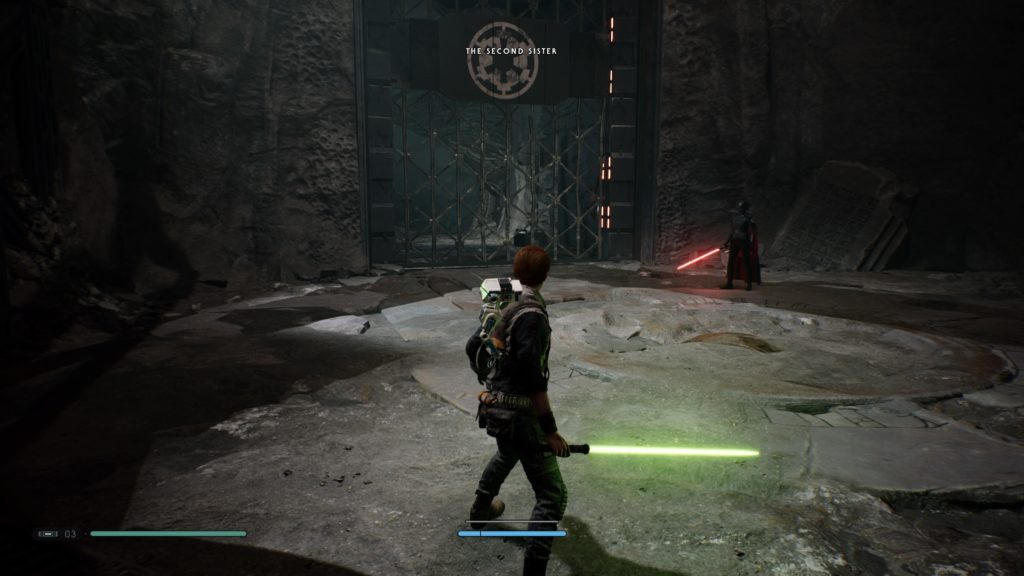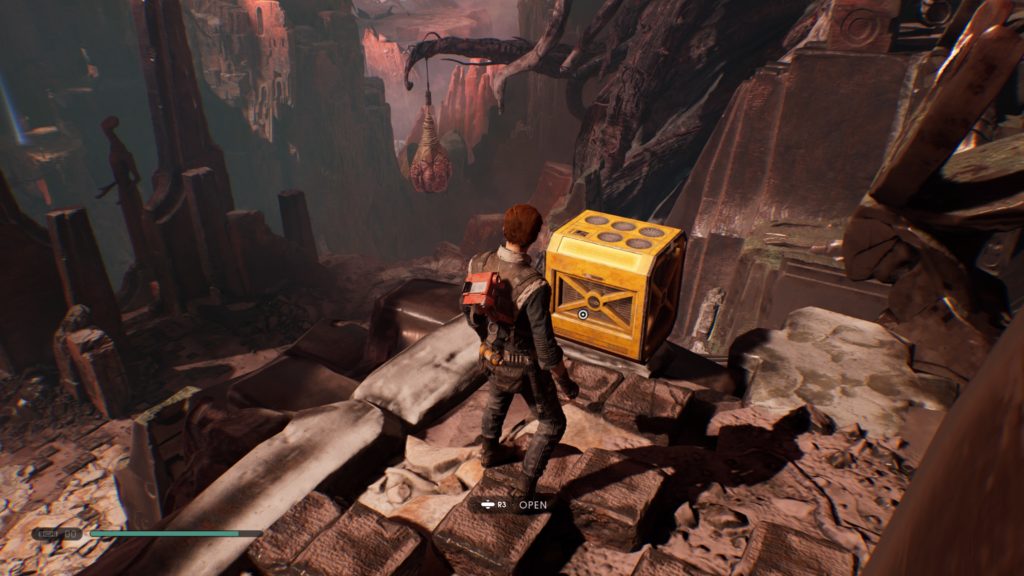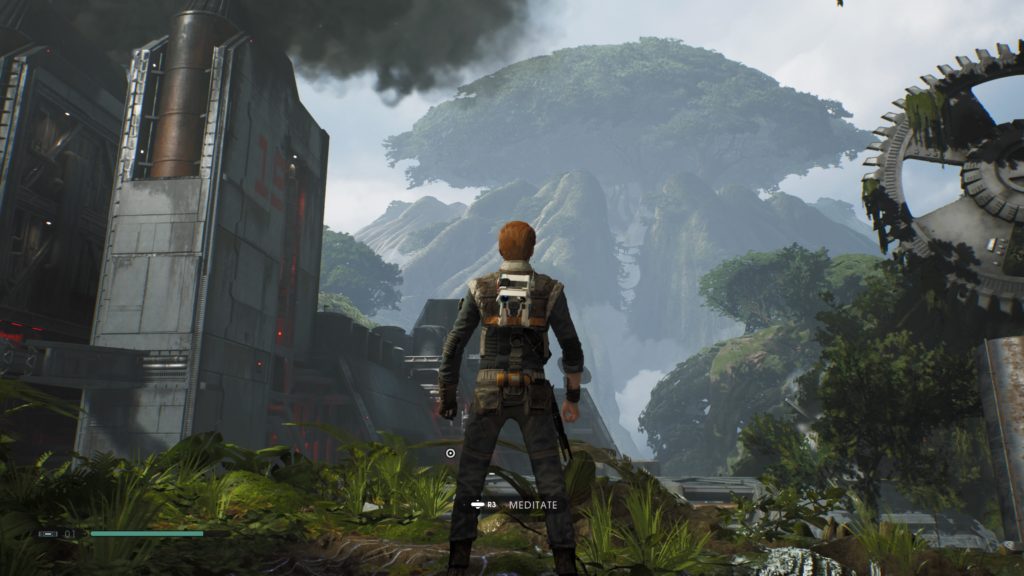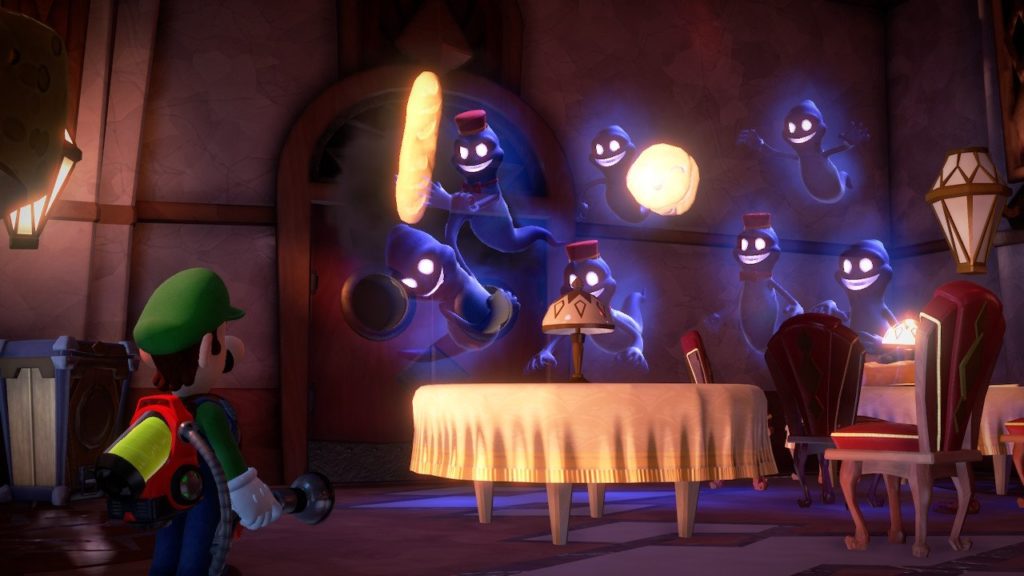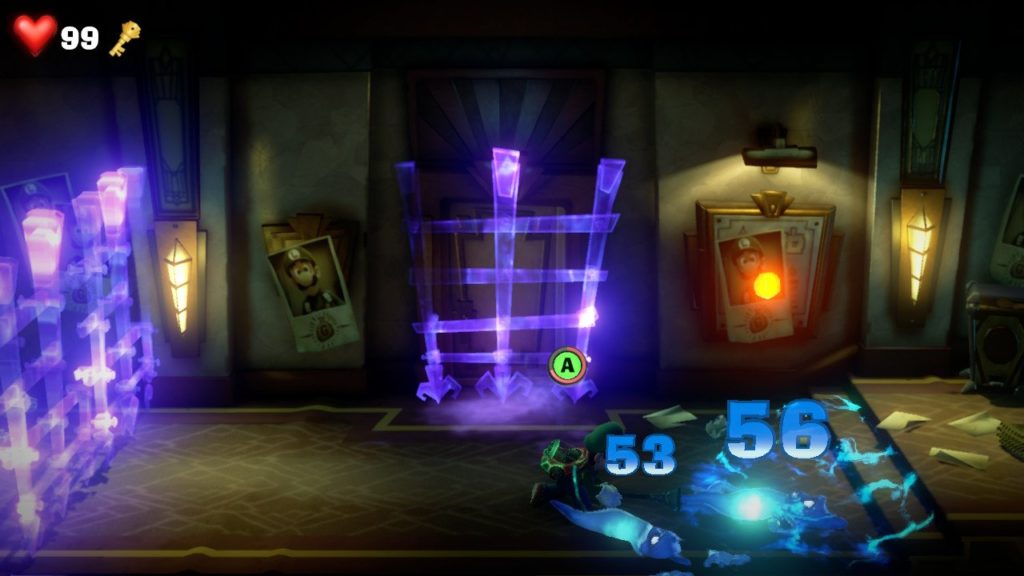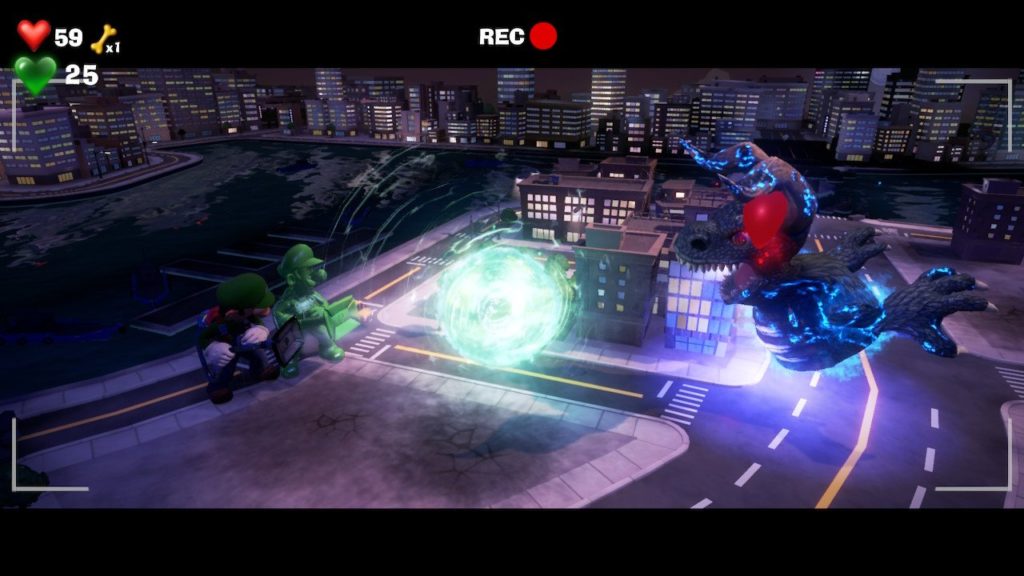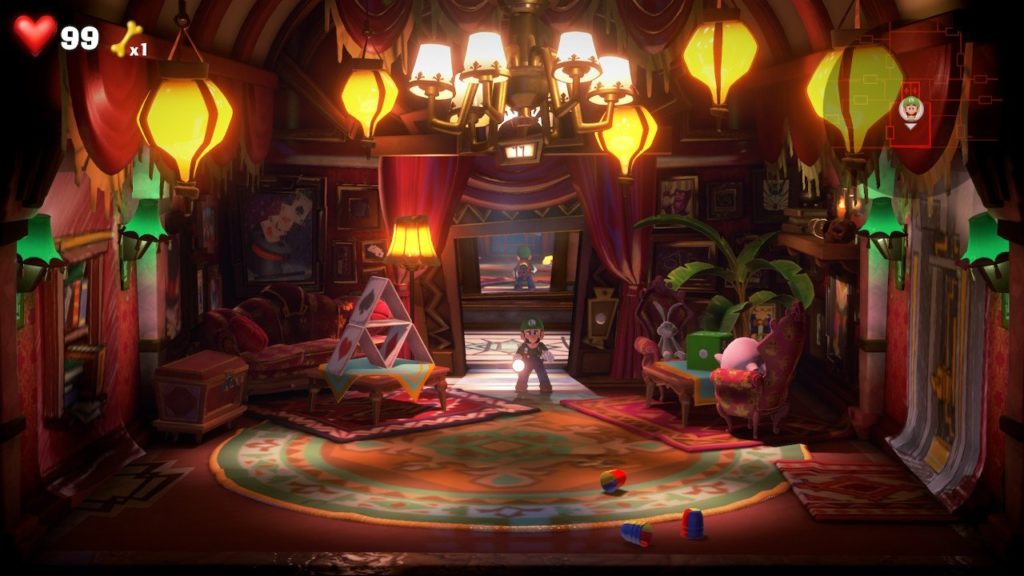- Genre: Adventure/Platformer
- Platform: PS4
- Also Available On: Switch, Windows, macOS, iOS
I’m honestly not going to spend much time talking about the game itself here. Mechanically speaking, it’s a super tight and really well constructed game. It hits a nice mix of platforming precision and intelligent level design to make a really relaxing experience. It’s also phenomenally gorgeous, especially with some of the improvements done for 4k support on the PS4. As a core adventure experience, it’s worth playing for that alone.
What I am going to hit on is where my brain was going as I was playing this. There’s not that many games that I recommend based on me thinking about things outside of the game – really the only ones I can think of off the top of my head are titles like Journey, Hellblade, or Firewatch. However, this one really hit on two main things that were really personal to me, and honestly really unexpected.

One of the things that I’m always trying to find as a developer is a way to ship a game that has an impact on my players. I’ve spent a lot of time festering on my jobs thinking on how to achieve that, but never really knowing where that thought leads. I’ve been lucky enough to work on games like Rocket League or Smite or Killing Floor, which have clearly had large enough audiences to be considered impactful in some way, but to me I’ve had various levels of enjoyment out of actually having been involved in those.
I’ve always looked at some of the indie darlings and thought “hey, I can pull that off easily enough, maybe I should just do that.” However, playing GRIS has kind of solidified what I actually want out of development. GRIS is ultimately a game that I really loved playing, and has had a heavy impact on players, but in hindsight, making a game like it was never going to be interesting for me. Mechanically speaking, it’s super simple and isn’t something that really needs much in the way of programmer help to achieve the gameplay mechanics that it has. What it does in really special ways are the visuals and story telling, both things that I’m not at all interested in from a development perspective.
The things that I’ve always gotten the most enjoyment out of from a development perspective have been the crazy mechanics that I get to work on as a gameplay programmer. It’s things like working on an open world spawn system in Maneater, even if I don’t think the game is that good. It’s working on things like predator stealth for Medusa in Smite, even if that didn’t end up shipping. It’s things like working on Star Fox-style ship movement in Arc Squadron or FF Tactics-style combat in Smite Tactics because I love both of those inspirations, even if both of those games were complete bombs. Working on stuff like that is why I stay up at 3am in Visual Studio; not the end result of shipping something off to players.
Combining those mechanics I love working on with a title that has an impact on players is kind of the ultimate goal, and while I’ve been pushing in this direction with my thoughts, GRIS definitely helped solidify that I want to focus on the smaller picture over the bigger picture for the sake of my own happiness, and if something more comes out of that? Fantastic.
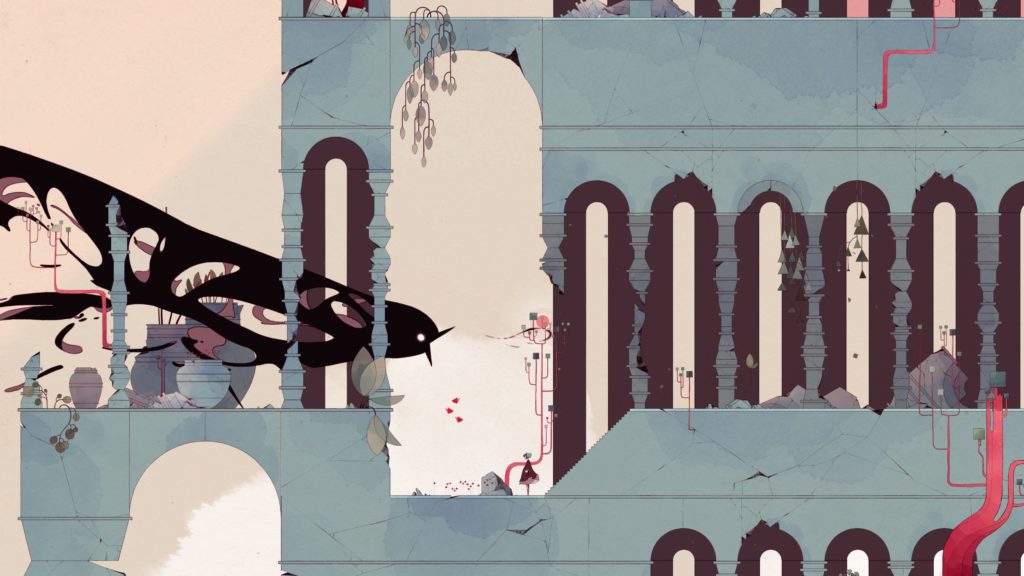
This bird….
From a high level, GRIS is a travel through the five stages of grief. The bird section of the game ends up falling between Anger and Bargaining as far as the game’s travels go. It also hit really close to home.
Everyone’s got their issues with depression or anxiety, and I’m no different in that regard. Everyone’s also got their own ways to manage and deal with it. In the past I generally dealt with it by bottling it up until I got stressed out and lash out.
Which is exactly what that bird does.
That whole pattern comes in waves. I’ve gotten a lot better as I’ve gotten older at recognizing when it’s starting with me, and I’ve gotten a lot better at finding ways to mitigate whatever stress is causing me issues. However, I’m not entirely there yet, and I don’t really think I’ll ever truly solve it. Coworkers will probably recognize this as “Dan being grumpy”, and while there’s some truth to that being the public-facing outcome, it’s deeper than that for me. At this point it’s something that I usually work myself out of pretty quick through some quiet time or taking a bit of time off. However, seeing it in game form was entirely jarring.
I shut the game off after the level and didn’t come back to it for a couple days. It’s not that I’m particularly going through a period of stress right now, but seeing something like that level wasn’t something I was really ready for. In this case, fixing a lego kit was a good distraction until I could get back to it, and really the rest of the game matched coming out of any one of those periods. However, it was an unexpected reminder that I’m not there yet.
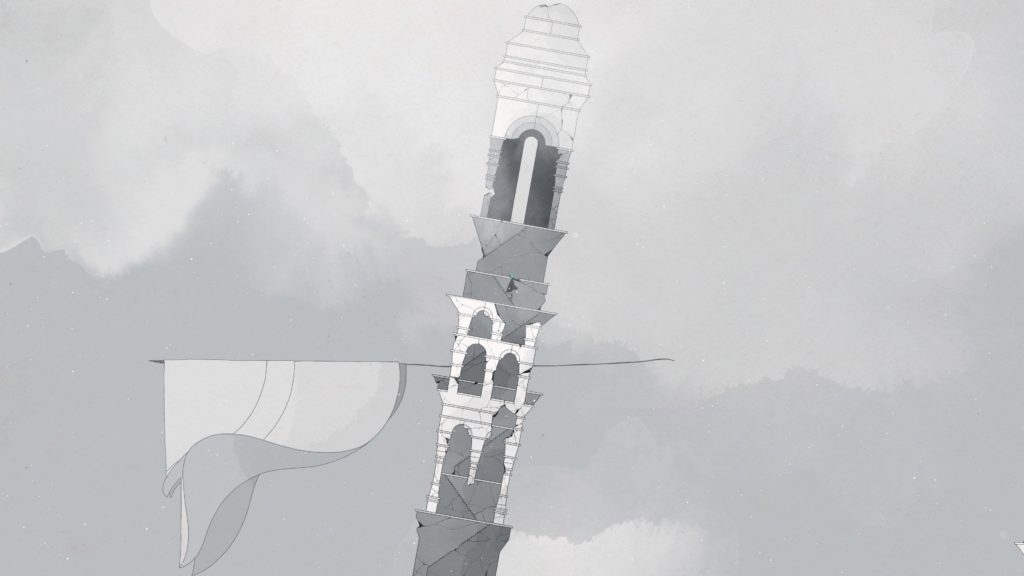
So ya, go play GRIS. Maybe you’ll simply play it for the experience and be better off for the enjoyment. Maybe it’ll hit some note for you like it did for me, and you’ll get further meaning out of the experience. In either case, it’s something positive on the other end.


